During the second half of 2021 and in a time when we were all still recovering from the shock of a worldwide pandemic, two companies surprised the advanced air mobility (AAM) community by announcing they were going public. In those tumultuous days it was very common to have small, promising companies use the SPAC (Special Purpose Acquisition Company) model in which a merger with an already public company turned the startup into a public entity with shares available to the public in one of the many stock markets.
In this case, on August 11, 2021, Joby Aviation announced it was merging with Reinvent Technology Partners and listing their shares on the New York Stock Exchange (NYSE) under the ticker symbol JOBY. Four weeks later on September 17, Archer Aviation made a similar move by merging with Atlas Crest Investment Corp. and listing their shares in the same NYSE under the ticker symbol ACHR.
Over the past four years, Archer and Joby have experienced markedly different stock trajectories, reflecting the volatility and evolving investor sentiment in the eVTOL (electric vertical takeoff and landing) sector.
Archer initially traded in the $9–$10 range. It hit a low of $1.62 in December 2022, reflecting early skepticism and market headwinds. However, the stock rebounded strongly, reaching an all-time high of $12.47 in January 2025, and recently closed around $10.17, marking a 130% gain over the past year alone.
Joby saw an early surge to $17.95 in September 2021 but then faced a prolonged decline. It bottomed out at $3.31 in 2023, before gradually recovering. As of July 2025, it trades at $10.55, still well below its early highs but showing a notable rebound from its lows, with a 29.8% gain year-to-date.
In short, Archer has shown a more consistent upward trend recently, while Joby has had a more dramatic rise-and-fall pattern but is regaining ground. Today, their numbers are staggering for two companies without revenue and only the promise of a bright future.
What both companies have in common is that they raised over a billion dollars in capital and have never produced significant revenue. At today’s numbers, here are their respective financial realities:
JOBY:NYSE
Joby Market Capitalization $8.44B
Average shares traded daily: 30 million shares
Stock History Joby Aviation (JOBY:NYSE)
ACHR:NYSE
Archer Market Capitalization $6.35B
Average shares traded daily: 40 million shares
Stock History Archer Aviation (ACHR:NYSE)
But what about the technology? Here the similarities continue as both aircraft use electric-only powerplants and both have chosen the difficult path of tilting configurations. The V22 Boeing Osprey, the only commercially available tilting crewed aircraft today, has a troubling history of accidents and reliability and most experts attribute this unfortunate record to tilting configuration. In comparison with conventional helicopters, the Class A mishap rate (most serious accidents) for the Osprey is reported at 3.61 per 100,000 flight hours, compared to 0.87 for the UH-60 Black Hawk, highlighting a significantly higher risk profile. Compare these numbers with the less than 0.01 for commercial airliners.
Tilting rotors are tricky because as the aircraft shifts from hovering straight up to flying forward, it changes how it flies, and the airflow is constantly shifting direction over different parts of the wings, altering how the laminar flow lifts the aircraft. All the materials in the various tilting mechanisms and gears are subjected to tremendous forces as they transition while maintaining the aircraft in the air.
Other companies such as Electra Aero have selected a more practical configuration by using the Blown Lift technique which blows air over the wing and large flaps with an array of electric motors, drastically reducing the speed and the distance required to take off and land. Electra’s aircraft can take off and land at speeds as slow as 35 knots, which only takes a few vehicle lengths to achieve. Electra Aero has also chosen the path of a hybrid powerplant, by using a turbogenerator that feeds the engines and recharges the battery while in flight.
But regardless of the merits of the Electra Aero design and feasibility, the reality is that both Joby and Archer are better funded and closer to certification and first flight than any other platform. Based on the reality of the state of the technology and the regulation in the US and Europe, it is easy to conclude that both companies will choose, for their first commercial flights, countries that are willing and able to allow recently certified aircraft to carry passengers on short routes in areas with predictable weather patterns. Joby is in conversations with Dubai and Archer with Abu Dhabi to provide air taxi services.
In terms of certification, as of mid-2025, both Joby and Archer aircraft are in the advanced stages of FAA certification for their respective vehicles, with each company making significant progress but still awaiting final Type Certification to begin commercial operations.
Joby has Completed phase 3 of 5 of the FAA Type Certification stages, with over 40% complete of Stage 4 (Testing & Analysis) completed. Recently, the aircraft entered Type Inspection
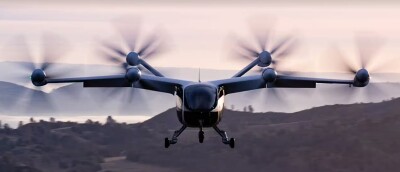
Authorization (TIA), allowing FAA pilots to begin formal evaluation of the aircraft’s performance and safety. FAA-conforming aircraft is under assembly and being used for simulator and component testing. Their goal is to begin commercial operations in 2025, pending successful completion of Stage 5 (Show & Verify).
In the case of Archer, they have already received Part 135 (Air Carrier Certificate – June 2024), Part 145 (Repair Station Certificate – February 2024) and Part 141 (Pilot Training Academy – February 2025). They are currently awaiting Type Certification for the Midnight aircraft. With regards to pilots, Archer has launched a pilot training academy to prepare for commercial service.
Both companies are targeting commercial launch in 2025, with Joby slightly ahead in the aircraft certification process, while Archer has built out a broader operational infrastructure.
One thing is clear; this new generation of short-haul aircraft is not conventional aviation by any means. All companies involved in AAM are targeting a very specific market niche in which an affordable service is offered safely to a group of customers willing to pay a premium price to jump over traffic and congestion in order to reach their destinations. This service is currently offered by helicopter services in selected cities but at much higher costs and with pollution and noise that seems to be unacceptable to local governments and municipalities.
It is just a matter of time before eVTOL aircraft fly regularly in places where helicopter services are too expensive, too noisy or require too much infrastructure to operate. It seems the future The Jetsons promised is no longer a cartoon fantasy; it’s just waiting for FAA clearance. The big two questions are: Who will be first to market? And which platform will prove to be the most sustainable one? Only time will tell.

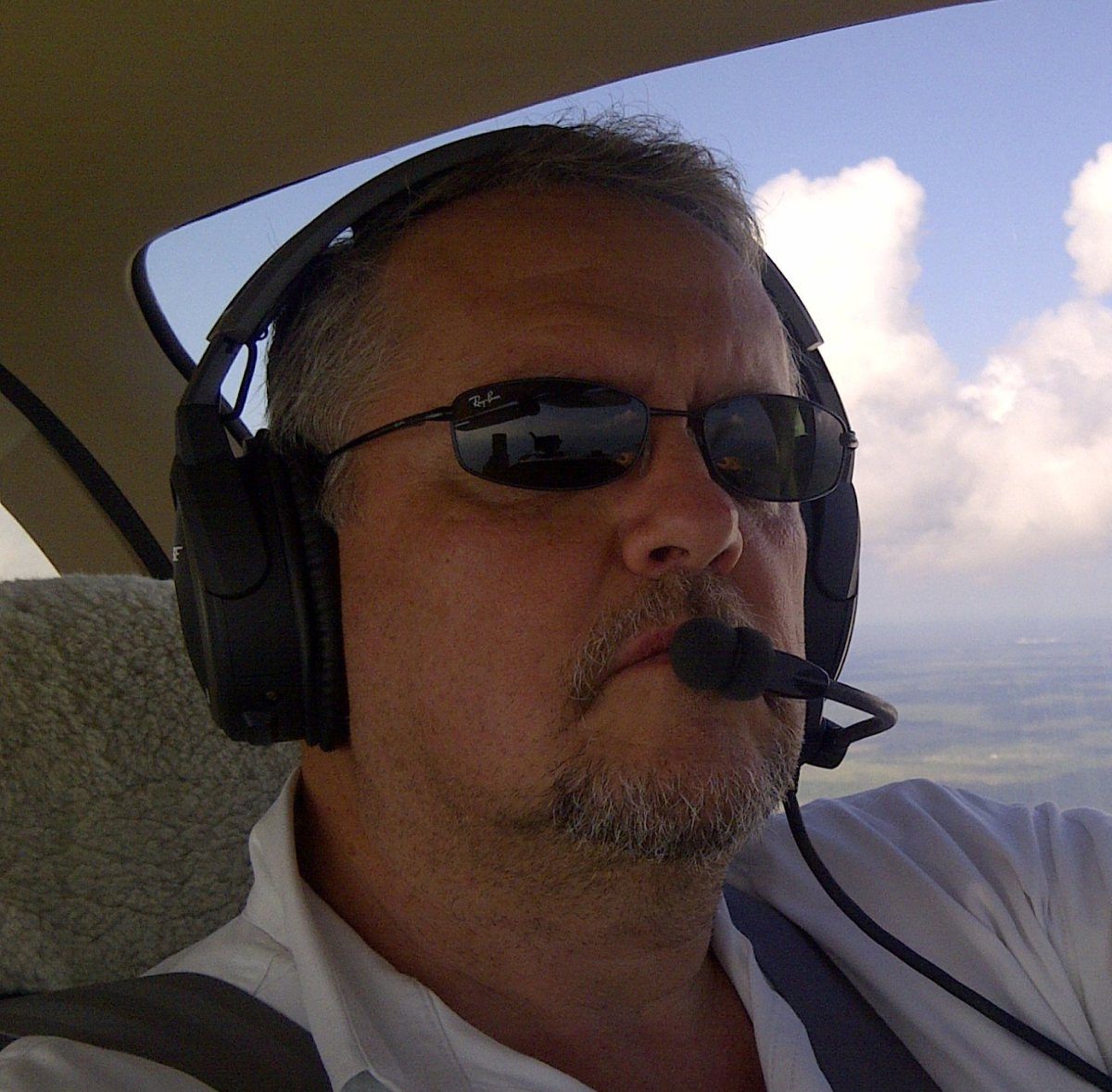


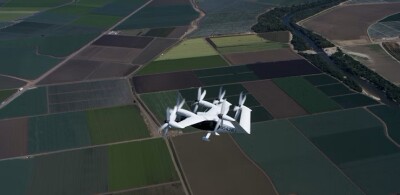
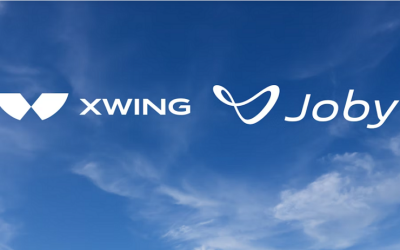






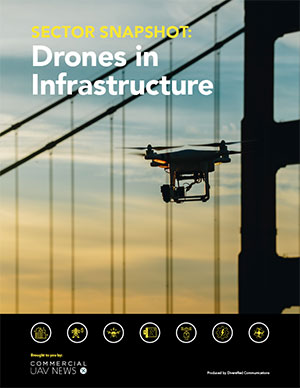
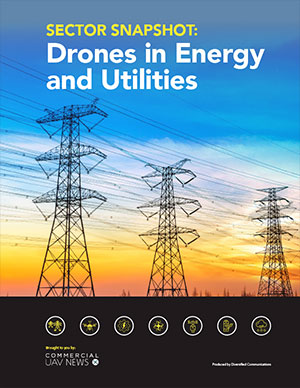

Comments